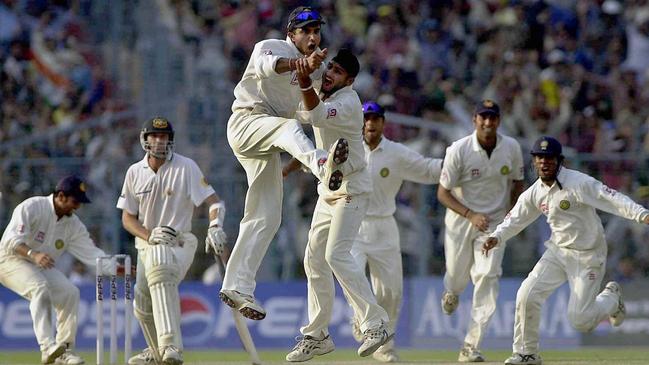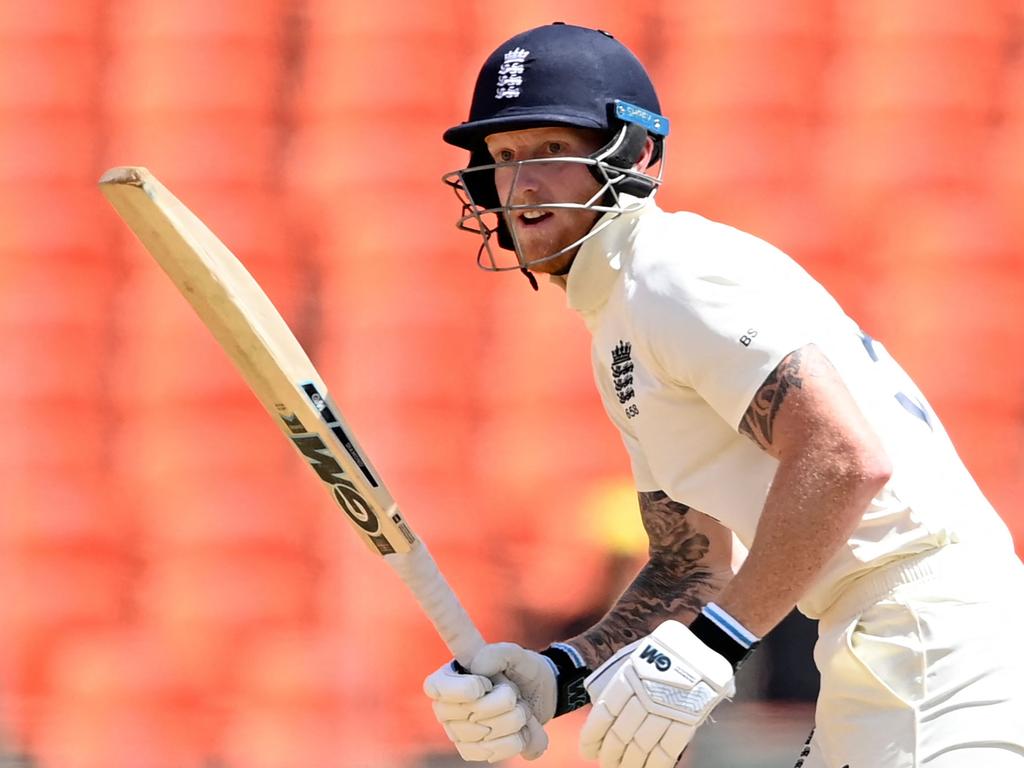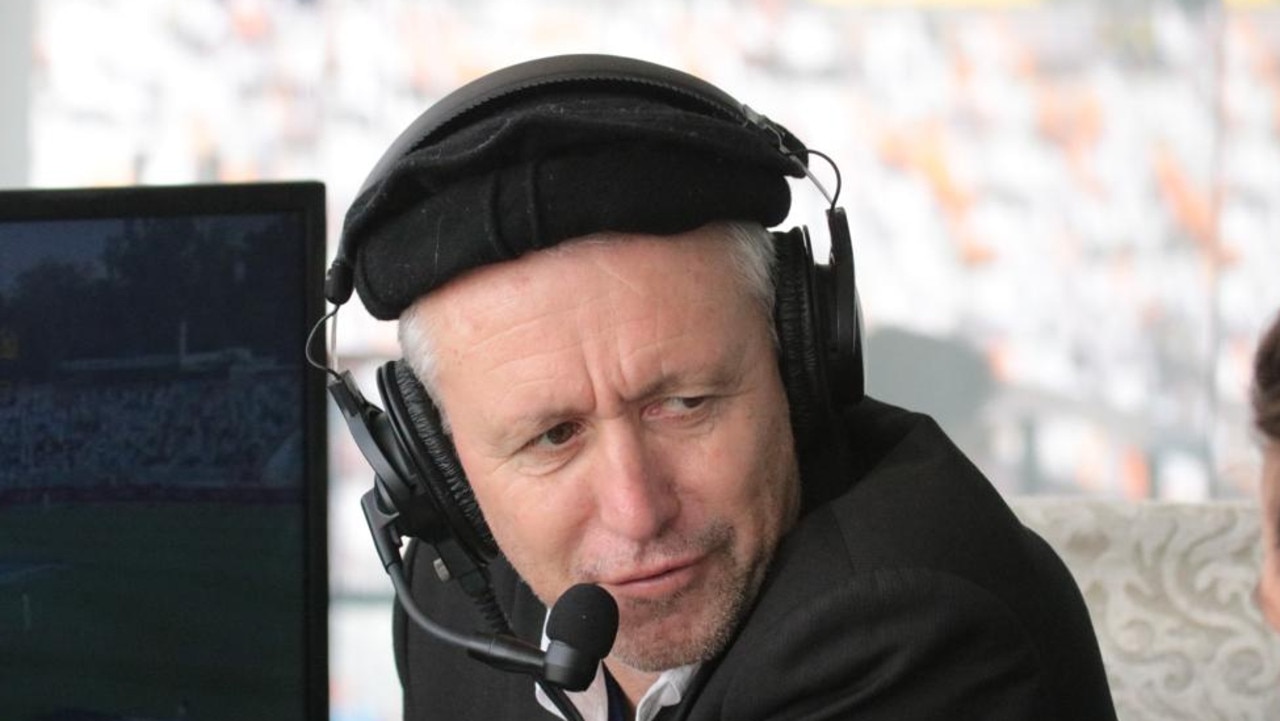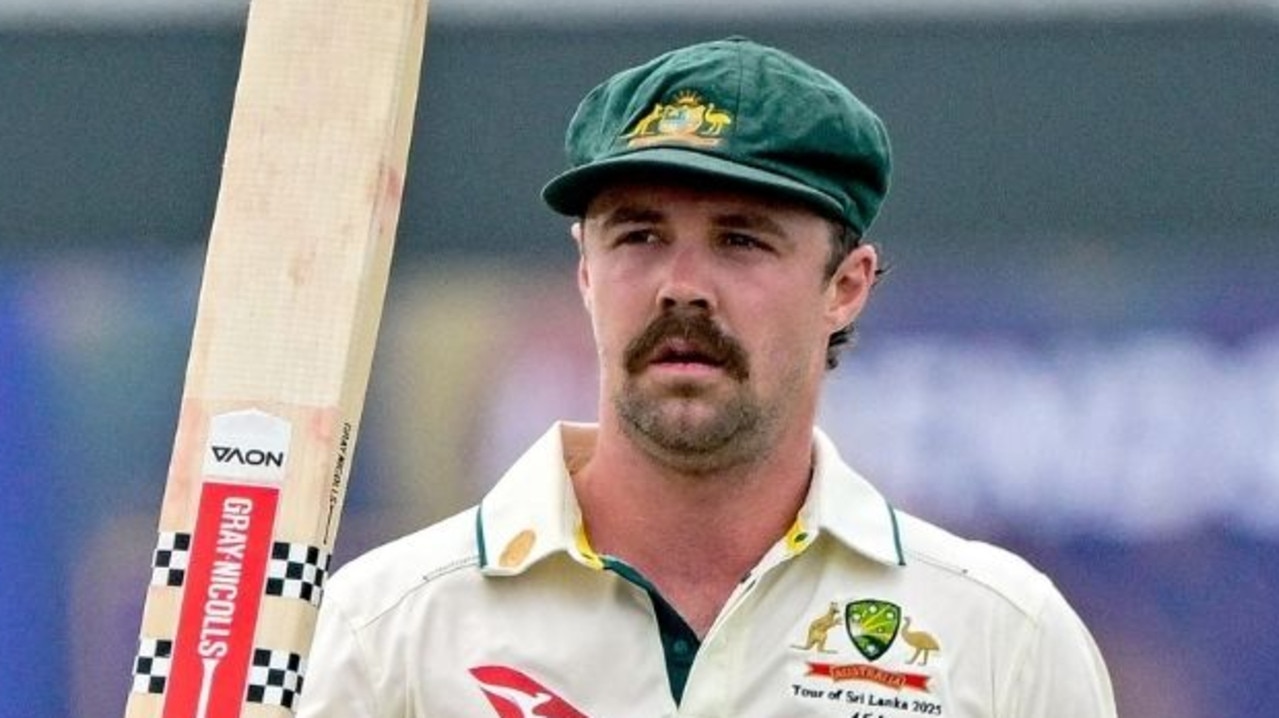20 years since the series that changed everything
It’s been 20 years since India defeated Australia in a famous Test series. Things between the two cricket superpowers have never been the same since.

This time two decades ago, Australia had reached a cricket zenith unexampled in history. Steve Waugh’s team of the talents held every trophy available, from the Ashes to the World Cup; they had just won their 16th consecutive Test, having left behind the longstanding streak of 11 set by the West Indies in the 1980s.
Nor was the supremacy solely about its storied names: Waugh, Warne, McGrath, Gilchrist, Langer, Hayden, Slater, Gillespie et al. Everything about the Australian system, from the robust Sheffield Shield to the fecund Academy, excited envy. Perhaps you remember the attitudes then prevalent, with their undertone of hubris: “If only someone would give us a game!” And then, India did.
We’re approaching 20-year anniversaries of this landmark 2001 Border-Gavaskar Trophy series. Next Thursday marks 20 years since the start of the Kolkata Test, which India won after following on — only the third team in history to do so. The decider in Chennai finished on March 22 with India winning by two wickets, taking the rubber 2-1.
The series also seems to mark the onset of a gradual Indian edge on Australia in Test cricket. Australia had the satisfaction of winning their next series in India, and winning at a canter at home in 2011-12. But even with this, the arc of history since Kolkata has been bending towards India, by 19 wins to 14.
On taking over as Australia’s coach in May 2018, Justin Langer spoke of winning in India the way Steve Waugh used to, as an “ultimate test” of prowess and character. He has couched ambition for renewal of his contract in terms of taking Australia there next year.
For India, meanwhile, Australia has succeeded Pakistan as the most satisfying foe. Sans the political, religious and historic subtexts, it offers in many ways a more wholesome, less fraught rivalry than with its neighbour.
So 2001 seems ripe for reconsideration, for a ranking in historical significance comparable to, say, the 1960-61 series between a very white Australia and a dark West Indies — the series that inspired the Frank Worrell Trophy and myriad retellings of the first Tied Test.
One looks back 20 years and finds a very different world, that was in some ways closer to 1960-61 than today. The calendar was crammed but not constipated; 2001 contained no ICC event. There was neither Elite Umpire Panel nor Decision Review System.
There was no T20, let alone an Indian Premier League or Big Bash League. There were no Test rankings, let alone a Test Championship — not that we needed either, so imperial was this green and golden age.
Six months after the Sydney Olympics, Australians were confident of our place at the centre of the sporting world. Richie, 1960-61’s captain, was the suave and ageless face of “the cricket” on Channel 9, although only in summer; the network was indifferent to Tests abroad.
There was no free-to-air coverage of the series in India. At the time the Kolkata Test reached its climax, Melbourne’s Nine viewers were watching The Footy Show.
In India, by contrast, broadcast media was on the brink of radical change. In his book India on Television (2008), Nalin Mehta calls 2001 a hinge point in the coverage of cricket in that country, led by the new Hindi news network Aaj Tak, which turned the three Tests into “news” at every opportunity, to the extent of running an all-day ticker with the score and cutting away to studio chats at lunch, tea and drinks.
Daily programming kicked off with cricket previews, and climaxed each evening with a talk show entitled Who Will Be The World Champion? — on the principle, as its news director explained to Mehta, “that if somebody was to go and beat Mike Tyson, the guy would be considered world heavyweight champion, so why should we not apply the same rule to cricket, regardless of whether the format of ICC allowed that or not.”
Aaj Tak had picked its moment perfectly: the heavyweight nature of the series has been defined by the mighty 376-run partnership of VVS Laxman and Rahul Dravid in Kolkata which first thwarted the relentless Australian advance.
Harbhajan Singh, who might not even have played had Anil Kumble been fit, then effectively won the series with 13 for 196 at Eden Gardens and 15 for 217 at Chidambaram Stadium, despite Matthew Hayden’s 549 runs and Glenn McGrath’s 17 wickets in a losing cause.
What can be lost sight of is these feats’ contexts: that, for example, Harbhajan’s wickets in the series cost 17, while seven other spinners paid 52 each for theirs, and McGrath’s cost 15, while seven other seamers paid 44 each for theirs; that coming into the series Laxman had averaged 27 and Hayden 24, but that the pair in five weeks piled up 1646 international runs.
In the next few weeks, the media loving anniversaries, you can count on recapitulations of the events of 20 years ago. But as it settles so smoothly into history, let’s not forget a few counterfactuals.
Going into the Kolkata Test with his team 0-1 down, for example, Sourav Ganguly, who had led India in only four Tests, looked to The Age’s Peter Roebuck like a captain with “his head on the chopping block”, one who “might lack the maturity to survive”. After three days, the paper’s front page saw Waugh’s men “cruising confidently to a remarkable 17th straight Test victory”.
Though Ganguly did not make a half-century in the series, 2001 became the talisman of a tenure that lasted another 45 Test matches in which he became India’s most successful Test captain to that point. “(We) were able to change the face of Indian cricket,” he said on retiring. “The team wouldn’t take any crap from any opposition.”
Today, ‘Dada’ is president of the Board of Control for Cricket In India. Dispatches from India last week suggest that a political career is his for the asking. Twenty years ago, who would have imagined that possible?




